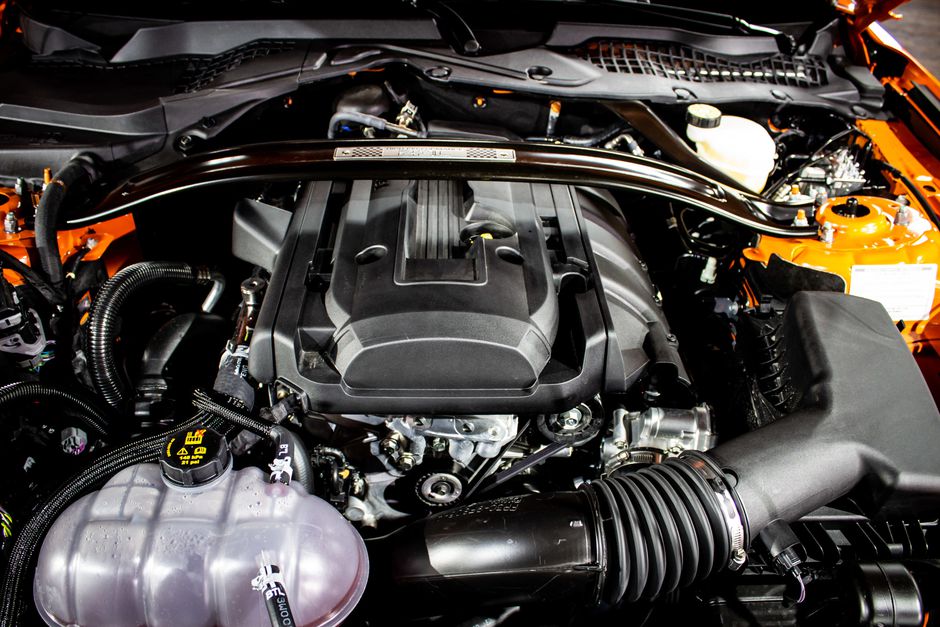Car engines are the heart of your car. They are complex machines that convert the energy from burning fuel into the motion that drives the wheels. But how do they work and what are the main parts and types of car engines?
In this article, we will explain the basic principles of how car engines work, the main components of a car engine, and the different types of car engines that are used in various vehicles.
How do car engines work?
Car engines work by using a process called internal combustion, which means that the fuel is burned inside the engine cylinders. The fuel is usually gasoline or diesel, which is mixed with air and ignited by a spark plug or a glow plug.
jordan air force 1 air max goaterra 2.0 nike air max pre day air jordan 1 air max 95 nike air max 270 men’s nike air max 270 men’s air jordan 1 low flyease nike air max 97 gucci red and black jordan 1 jordan shoes air max goaterra 2.0 nike air max 270 men’s jordan shoes max white shoes
The burning fuel creates hot gases that expand and push the pistons up and down inside the cylinders. The pistons are connected to a crankshaft, which converts their lair jordan 11 cmft low
nike vapor max
nike jordan series 06
jordan proto max 720
air jordan retro 1 mid casual shoes
air jordan 11 cmft low
air jordan mid 40
air jordan 1 low flyease
jordan max aura 4
nike jordan zoom air cmft
jordan max aura 4
air max retro 4
jordan 5
nike air jordan 1 mid se
jordan air force 1
inear motion into rotary motion. The crankshaft is connected to a transmission, which transfers the power to the wheels.
The engine cylinders are arranged in different ways depending on the type and size of the engine. The most common types are:
- In-line engine: The cylinders are arranged in a row along the length of the engine. This is the simplest and most common type of engine, which can have four, six, or eight cylinders.
- V-engine: The cylinders are arranged in two rows at an angle to each other, forming a V shape. This type of engine can fit more cylinders in a smaller space, and can have six, eight, ten, or twelve cylinders.
- Horizontally-opposed engine: The cylinders are arranged in two rows opposite each other, forming a flat shape. This type of engine has a low center of gravity and good balance, and can have four or six cylinders.
What are the main components of a car engine?
A car engine has many components that work together to make it run smoothly and efficiently. Some of the main components are:
- Cylinder block: The main structure of the engine that houses the cylinders, pistons, crankshaft, and other parts.
- Cylinder head: The upper part of the engine that covers the cylinders and contains the valves, spark plugs or glow plugs, and other parts.
- Valves: The parts that control the flow of air and fuel into the cylinders and the flow of exhaust gases out of the cylinders.
- Camshaft: The part that rotates and opens and closes the valves at the right time.
- Piston: The part that moves up and down inside the cylinder and compresses and expands the air-fuel mixture or exhaust gases.
- Connecting rod: The part that connects the piston to the crankshaft.
- Crankshaft: The part that converts the linear motion of the pistons into rotary motion.
- Spark plug or glow plug: The part that ignites the air-fuel mixture in gasoline engines or diesel engines respectively.
- Fuel injector or carburetor: The part that delivers the fuel into the air stream entering the cylinders.
- Intake manifold: The part that distributes the air-fuel mixture to each cylinder.
- Exhaust manifold: The part that collects the exhaust gases from each cylinder and directs them to the exhaust system.
- Oil pan or sump: The part that holds the oil that lubricates the engine parts.
- Oil pump: The part that circulates the oil throughout the engine.
- Water pump: The part that circulates the coolant throughout the engine and radiator.
- Radiator: The part that cools down the coolant by transferring heat to the air.
- Thermostat: The part that regulates the temperature of the coolant by opening or closing a valve.
- Fan: The part that blows air through the radiator to help cool it down.
Conclusion
Car engines are amazing machines that transform fuel into motion. They have many parts and types that vary depending on their design and purpose. By understanding how car engines work, you can appreciate their performance and maintenance better. However, if you have any doubts or questions about your specific car engine, you should always consult a qualified mechanic before working on it.



